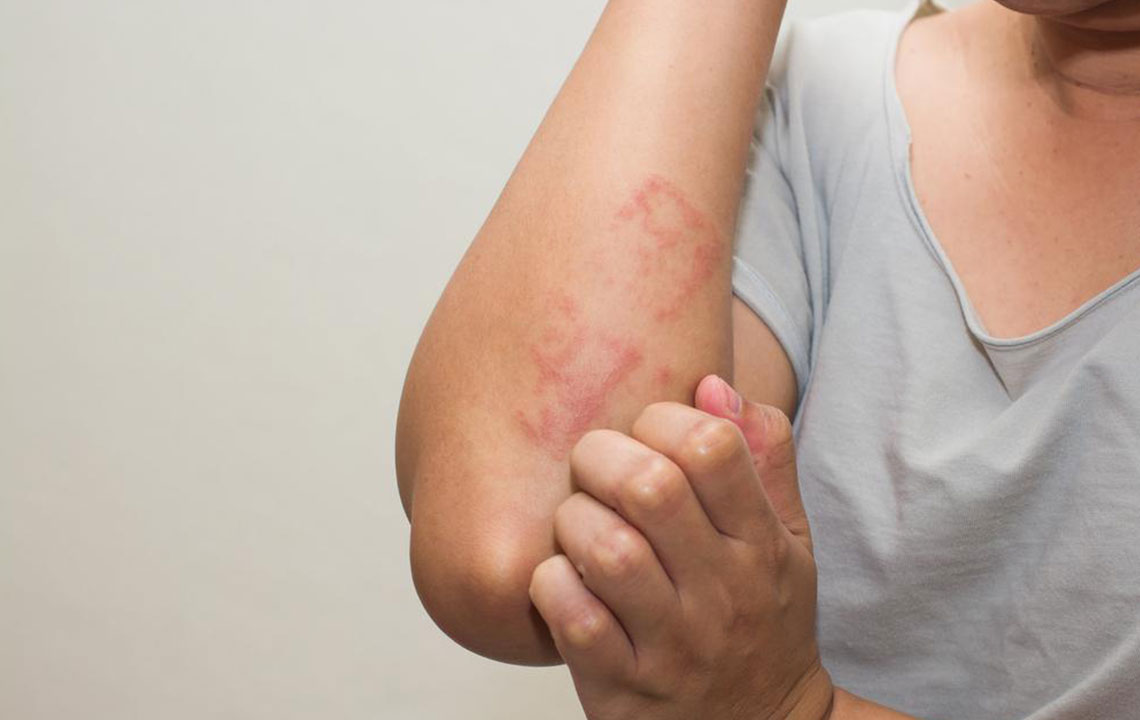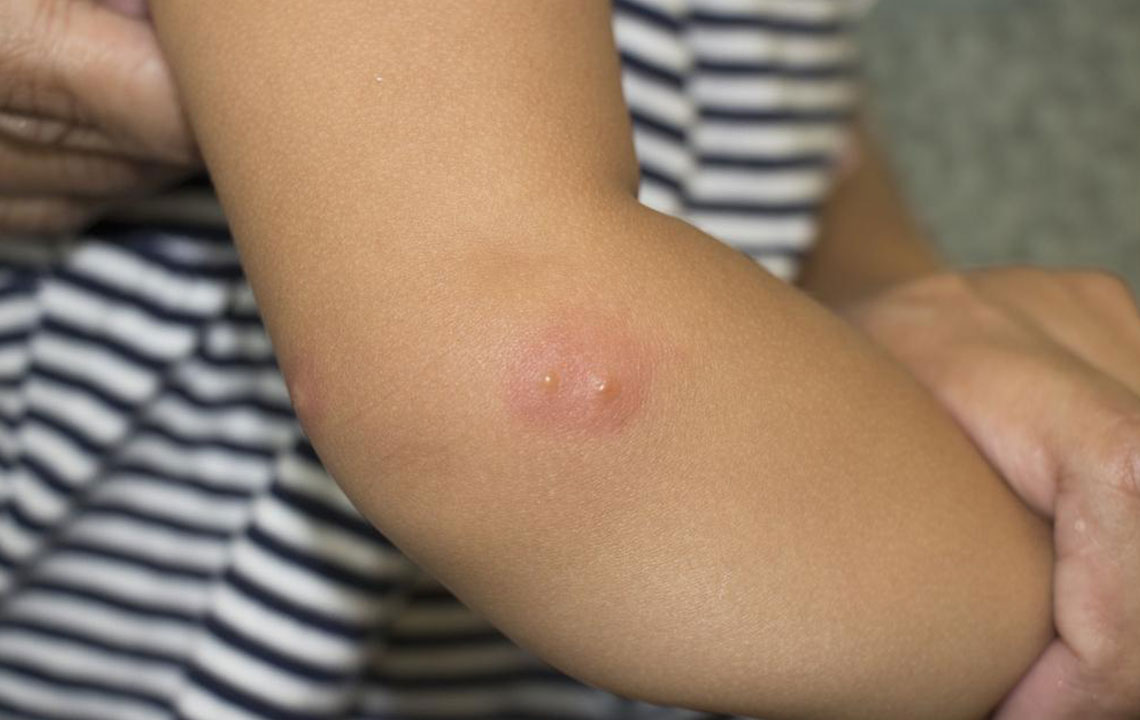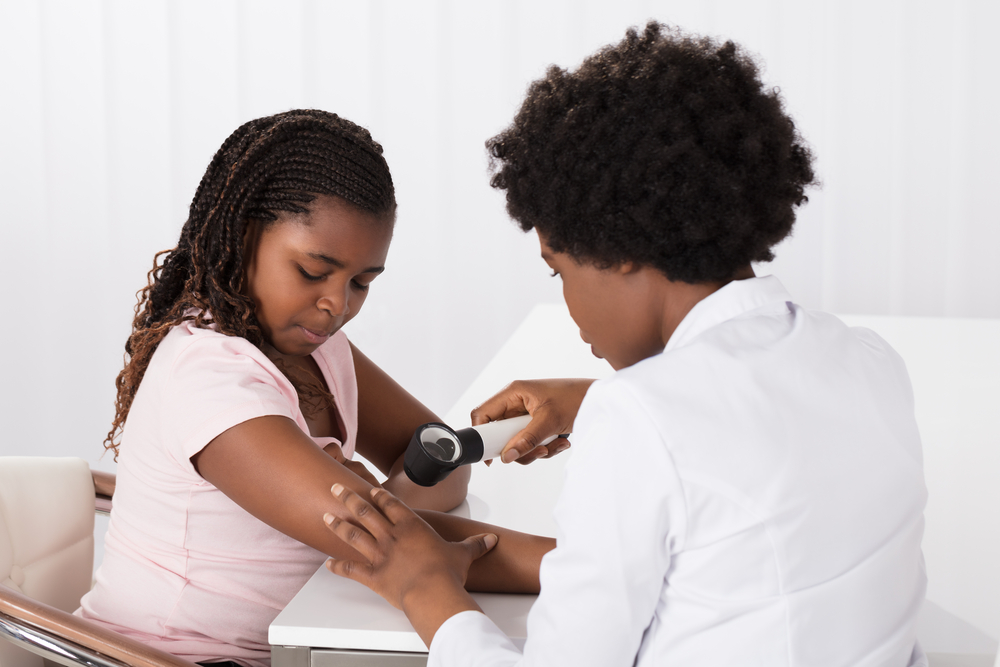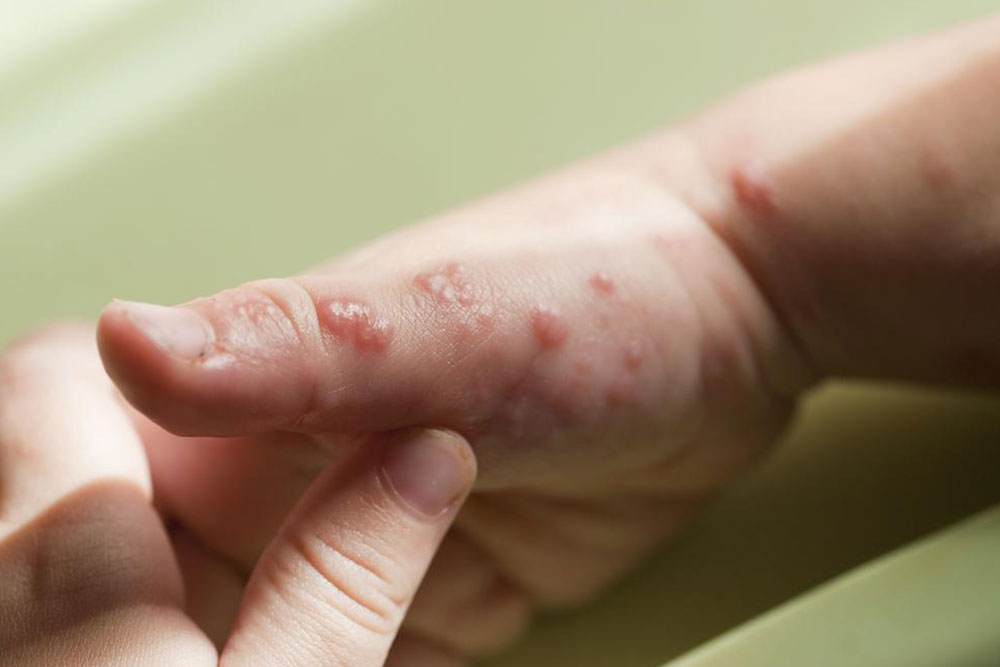Effective Strategies to Manage Shingles Discomfort and Promote Healing
This comprehensive guide explores various effective strategies for managing shingles discomfort, including natural remedies, medical treatments, and supportive therapies. Early intervention, combined with holistic approaches, can significantly reduce pain, promote healing, and prevent long-term nerve complications. Prompt medical consultation and vaccination are key to better outcomes. Learn practical tips to alleviate symptoms swiftly and improve quality of life during shingles episodes.
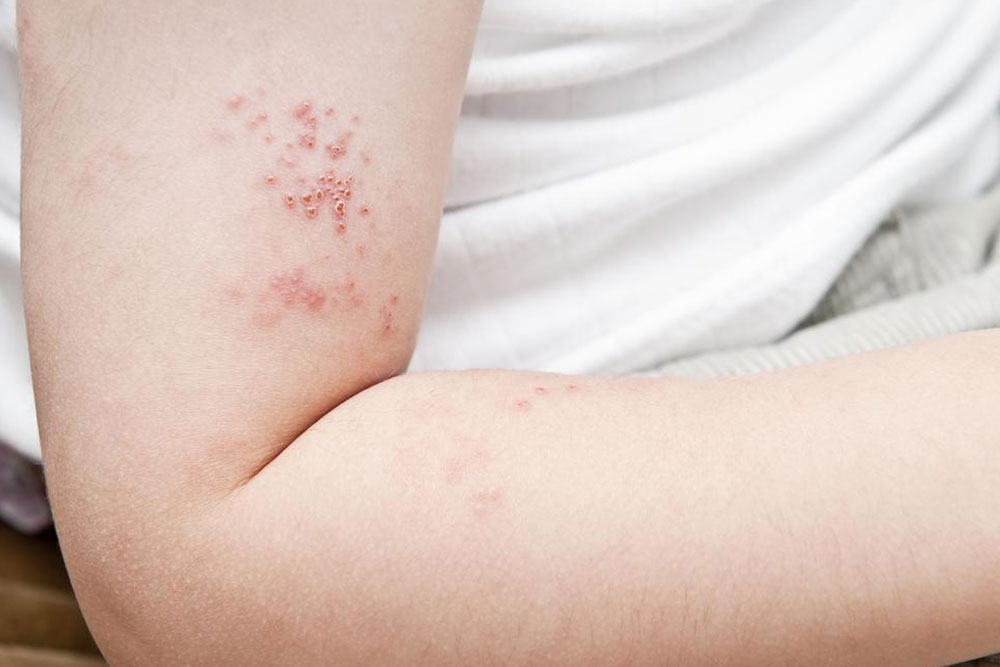
Effective Strategies to Manage Shingles Discomfort and Promote Healing
Shingles, medically known as herpes zoster, is a painful skin condition that affects nearly one-third of the American population at some point in their lives. This condition manifests primarily as a banded or strip-like rash that appears on one side of the body or face, accompanied by intense nerve pain. It results from the reactivation of the varicella zoster virus—the same virus responsible for chickenpox. After an initial infection during childhood, the virus enters a dormant state within nerve tissues and can remain inactive for decades. Factors such as aging, a weakened immune system, certain medications, or stress can trigger its reactivation, leading to shingles.
When the virus reactivates, it causes nerve inflammation and damage, leading to the hallmark symptoms of pain and rash. The initial symptoms may resemble the flu, including chills, mild stomach upset, or diarrhea, often without fever. As the condition progresses, sensitive lymph nodes may swell, and individuals often experience tingling, burning, or numbness in the affected area. This nerve response typically precedes the appearance of the characteristic rash, which manifests as clusters of blisters along nerve pathways. These blisters usually form a band or strip across the skin and scab over within about five days. Complete healing can take between two to four weeks, yet post-hepatic neuralgia (PHN)—persistent nerve pain—may linger long after the rash disappears, especially in older adults.
Managing shingles discomfort effectively throughout the entire process is crucial to prevent complications, reduce pain, and promote overall recovery. A combination of natural remedies, medical interventions, and lifestyle modifications can significantly improve outcomes for individuals affected by shingles. This comprehensive guide explores some of the most effective methods to alleviate shingles pain and support healing.
Understanding the early signs of shingles is vital for prompt intervention. Recognizing initial symptoms such as tingling, burning sensations, and sensitive or swollen lymph nodes can lead to early treatment, which is crucial for minimizing severity and preventing complications. The rash and blisters usually develop along specific nerve pathways, often forming a band or strip characteristic of shingles. These blisters typically scab over within five days and heal within a few weeks. Despite healing, some individuals may experience ongoing nerve pain known as post-herpetic neuralgia, which underscores the importance of early and effective pain management during all stages of the illness.
Below are detailed strategies to manage shingles discomfort, combining natural remedies, medical treatments, and supportive therapies to accelerate recovery and reduce pain:
Natural Remedies for Immediate Relief: Incorporating herbal and natural treatments can provide soothing relief. Aloe vera, with its anti-inflammatory and healing properties, can be applied directly to the rash to soothe irritated skin. A homemade paste combining aloe vera, cayenne pepper, and coconut oil can be gently applied to affected areas, offering both relief from pain and promoting faster healing. Cayenne pepper contains capsaicin, which may help reduce nerve pain when used correctly.
Essential Oils for Nerve Pain Reduction: Aromatherapy and topical applications of certain essential oils, such as eucalyptus and lemon, have been shown to ease nerve discomfort and itching. These oils can be diluted in a carrier oil and massaged into the affected area or added to warm bathwater for a relaxing experience. Their anti-inflammatory and analgesic properties support calming irritated nerve tissues.
Cooling Compresses for Symptom Relief: Applying cold water or a damp cloth to the rash provides a soothing, cooling sensation that helps lessen pain, burning, and itching without causing further irritation. It's recommended to avoid direct ice packs, which could exacerbate discomfort, and instead opt for gentle, cool compresses multiple times a day.
Medical Interventions for Severe Pain: Over-the-counter pain relievers such as acetaminophen or ibuprofen can be effective for mild to moderate discomfort. In severe cases, healthcare providers might prescribe stronger medications, including opioids or anticonvulsants, to manage nerve pain. Antiviral medications like acyclovir, valacyclovir, or famciclovir are most effective when started within 72 hours of rash appearance—they can shorten the duration of symptoms, reduce viral shedding, and lower the risk of complications like PHN.
Additional Supportive Therapies: Complementary approaches can enhance pain management and overall well-being. Techniques such as acupuncture, biofeedback, TENS (transcutaneous electrical nerve stimulation), and psychological support through cognitive-behavioral therapy or relaxation techniques can help reduce nerve pain and improve quality of life. Consulting pain specialists or neurologists can provide personalized treatment plans tailored to individual needs.
Preventative measures are equally important. Vaccination against shingles, especially for those over 50, can significantly reduce the risk or severity of outbreaks. Maintaining a healthy immune system through proper nutrition, regular exercise, adequate sleep, and stress management is also critical in minimizing the chances of reactivation of the virus.
In summary, shingles can be a debilitating condition, but with prompt recognition and a multi-faceted approach to pain management and healing, individuals can experience significant relief. Combining natural remedies, medical treatment, and lifestyle adjustments can not only alleviate symptoms but also mitigate the risk of long-term nerve pain and other complications. If you suspect shingles, seek medical advice immediately to initiate appropriate antiviral therapy and prevent escalation of symptoms.
